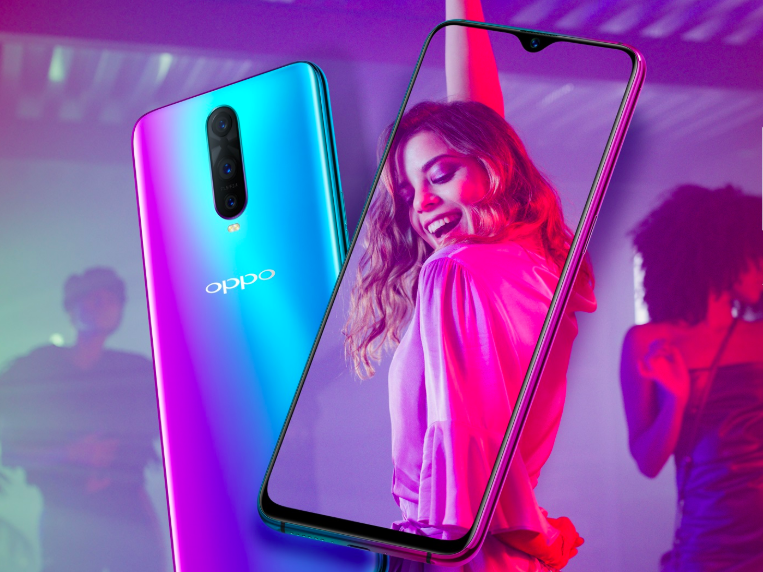The global smartphone landscape has witnessed a fascinating shift in 2023, with Apple reclaiming the top spot from Samsung for the first time.
This shift at the top is reflective of the hypercompetitive dynamics at play in the global smartphone market – across both the premium to the value for money- end of the smartphone market.
This essay delves into the key factors behind Apple’s ascendancy, the challenges both Apple and Samsung face, and the potential of AI as a game-changer for Samsung.

Apple’s Ascent: A Confluence of Factors
Apple has benefited from a confluence of factors. First, more consumers are increasingly investing in premium smartphones, not just as lifestyle statements but as key life drivers offering better value propositions.
This trend is fuelled by affordability initiatives, flexible payment options, as well as attractive trade-in offers on older smartphone models. Secondly, Apple consumers largely remain loyal to the brand and are not prone to switching. So, this trend will further accentuate as we move forward. These trends are reflective of the hypercompetitive dynamics of the smartphone market – across both the premium to the value for money -end of the smartphone market.
The contest will for the top spot remain pretty tight-knit through 2024 as more Android smartphone brands including OnePlus, Xiaomi, OPPO, HONOR and the Transsion Group, continue to make a mark.
Samsung’s Challenges: Value and Innovation
Samsung has the broadest smartphone portfolio across price points and catering to multiple consumer preferences. Samsung faces challenges from Android brands including Xiaomi, Vivo, iQOO, and the Transsion Group in the value-for-money segment.
Although a pioneer in foldables, Samsung contends with rising competition from OnePlus and HONOR amongst others. Samsung needs to pivot from incremental to exponential value propositions, with a potential emphasis on Artificial Intelligence to maintain market leadership.
Apple’s Hurdles: Regulation, Huawei, and AR/VR
Apple’s journey isn’t without its hurdles. Regulatory challenges like the EU’s Digital Markets Act (DMA) threaten its control over the App Store and its associated revenue streams. Additionally, Huawei’s rise and a sluggish Chinese market demand strategic adjustments. However, Apple’s foray into AR/VR, with the potential launch of Apple Vision Pro in February 2024, could be a game-changer in the long run.
India – the bright spot for Apple
India’s growing domestic market, as well as its rise as a manufacturing hub, remains a bright spot for Apple. India will power Apple’s growth story in this decade, like China did in the last.
AI: Samsung’s Potential Ace Card?
Samsung’s strategic focus on AI for a more purpose-driven and powerful user experience is a significant move. This aligns with the broader industry thrust towards AI in 2024. The success of Samsung’s new phones will hinge on their ability to seamlessly integrate and evolve AI features beyond past iterations, creating compelling value propositions for consumers seeking a distinct upgrade. Apple, while utilizing AI, lacks a clear and compelling AI strategy, potentially putting it at a disadvantage.
Conclusion: A Tight Race with Unpredictable Turns
The smartphone landscape is witnessing a fascinating duel between Apple and Samsung. Apple’s current lead is driven by a confluence of factors favoring its premium offerings and loyal user base. However, the hypercompetitive nature of the market and the rise of Android players keep the race tight. Samsung’s focus on AI could be a game-changer, but its success hinges on its ability to deliver compelling user experiences that differentiate it from the competition. While Apple’s AR/VR ambitions hold long-term promise, it needs to address regulatory challenges and adapt to the evolving market dynamics in China. Ultimately, the battle for smartphone supremacy is far from over, with unpredictable turns and twists yet to come.



